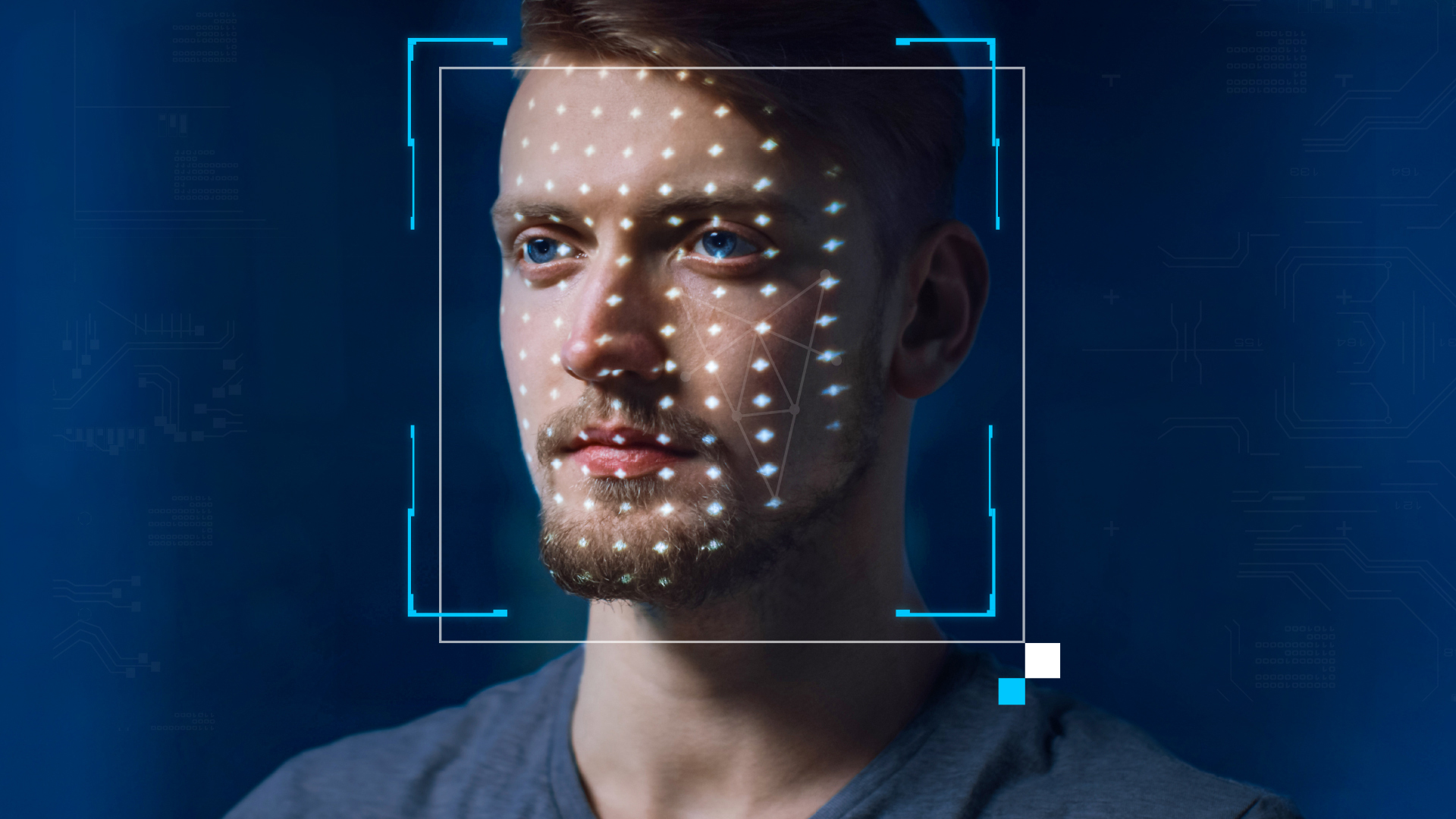In an increasingly interconnected world, cybersecurity has become a paramount concern. As we navigate the digital landscape of 2023, the risks to our personal data and digital identities have evolved, presenting new challenges and opportunities for protection.
Our engagement with social media platforms introduces an additional layer of complexity to this landscape. In this era of interconnectivity, where every facet of our lives intertwines with technology, the prominence of cybersecurity is ever more pronounced.
With each passing year, cyber threats have grown more sophisticated and persistent. Recent headlines showcase the havoc wreaked by ransomware attacks on critical infrastructure and corporations, emphasising the urgent need for robust cybersecurity measures.
Common Cybersecurity Threats:
Phishing: Cybercriminals often use deceptive emails and websites to trick individuals into revealing sensitive information. One notable example is spear-phishing, where attackers tailor their approach to a specific target, increasing the likelihood of success. Just one careless click can lead to stolen credentials or malware installation.
Ransomware: Ransomware attacks have surged, with hackers encrypting victims’ data and demanding payment for its release. The Colonial Pipeline attack in 2021 exposed the vulnerability of crucial infrastructure to ransomware threats, leading to widespread disruptions and economic impacts.
Identity Theft: Cybercriminals capitalise on stolen personal information to commit fraud, open credit accounts, and more. The fallout from identity theft can be financially and emotionally devastating, with long-lasting consequences for victims.
Emerging Threats in 2023:
As technology advances, so do the techniques employed by cybercriminals. In 2023, emerging threats include AI-driven attacks that automate and optimise intrusion attempts, deepfakes that convincingly mimic individuals’ voices or faces for social engineering purposes, and supply chain vulnerabilities that exploit weaknesses in third-party software or hardware components.

Protecting Your Digital Identity:
Strong Passwords: Create complex passwords using a mix of letters, numbers, and symbols. Avoid easily guessable information like birthdays or pet names.
Two-Factor Authentication: Enable two-factor authentication whenever possible. This adds an extra layer of security by requiring a second form of verification, usually a code sent to your phone or email.
Responsible Social Media Usage: Be mindful of the information you share on social media. Cybercriminals can use personal details to craft convincing phishing attacks.
Biometric Security: Leverage biometric methods like fingerprint or facial recognition for unlocking devices or accessing accounts. This allows you to have a long and complex password without needing to type it in every time.

[Image Creds: Intego]
Privacy Tools and Software:
Virtual Private Networks (VPNs): Use VPNs to encrypt your internet connection and maintain anonymity while browsing.
Anti-Malware Software: Install reputable anti-malware software to scan for and remove malicious software from your devices.
In today’s interconnected world, cybersecurity isn’t confined to just your devices and online accounts. It extends to the very fabric of our digital interactions, including social media platforms. The personal information we share on these platforms can be a goldmine for cybercriminals looking to craft convincing phishing attacks or exploit identity theft opportunities. Think about the wealth of details we voluntarily reveal – from birthdays and locations to hobbies and even personal relationships. By raising our cybersecurity awareness and adopting protective measures, we not only shield our digital lives but also fortify the integrity of our social media presence. So as you dive into the strategies outlined above, remember that safeguarding your digital identity has a profound impact on your online interactions, making the cyber landscape safer not only for you but for your entire social network.
Looking for a digital and social media agency based in London to help you achieve your objectives? Get in touch here.






